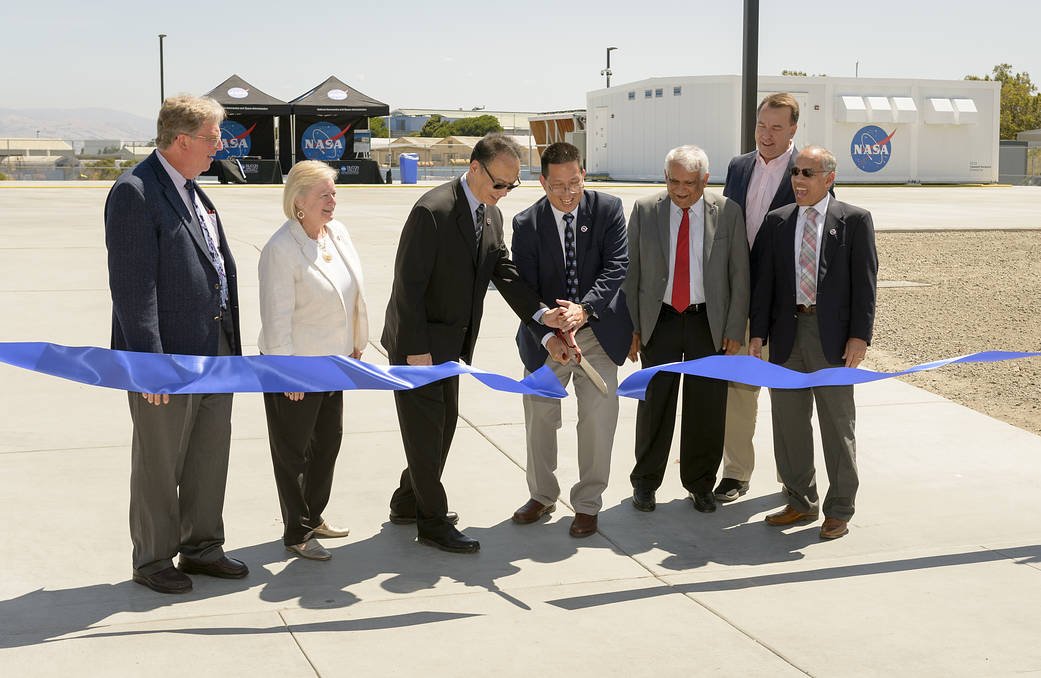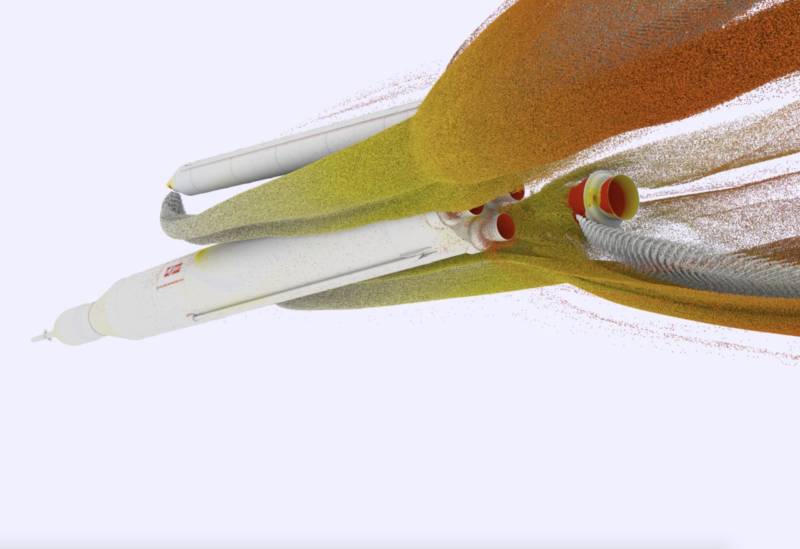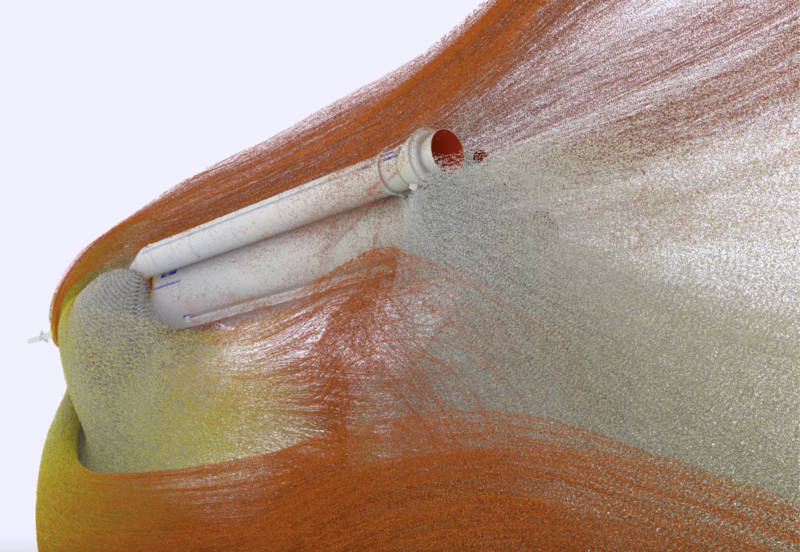On Thursday, the NASA Ames Research Center in Mountain View held a ribbon cutting ceremony to celebrate a new supercomputing facility with space for 16 supercomputers.
But on the day of the ceremony there was just one tenant, a supercomputer named Aitken named after astronomer Robert Grant Aitken. But Aitken alone will give researchers the ability to crunch numbers on an awesome scale to support a wide variety of agency missions. Including NASA's Artemis program, which plans to return humans to the Moon by 2024.
Aitken and its buddies — which were produced in collaboration with Hewlett Packard Enterprise of San Jose — will have up to 3.69 petaFLOPs of theoretical performance power with 1,150 nodes, 46,080 cores and 221 TB of memory.
What does all that do? Things like model entry, descent and landing for spacecraft and conducting simulations that mimic and surpass what can be accomplished in the Ames wind tunnel once all the supercomputers are up and running.

For instance, picture the two seconds when 16 tiny rockets push away the spent solid rocket boosters before the spacecraft leaves the Earth's atmosphere. Supercomputing models show how those exhaust particles are likely to behave over 100,000 feet up from the surface.
"This is a very complex environment," said Derek Dalle, a researcher Computational Aerosciences Branch who's worked on Artemis and also development and testing of the Orion spacecraft.
"Having more capacity with the new modular system is going to allow us to do this more routinely for more cases," said Francois Cadieux, a research scientist in the Computational Aerosciences Branch of the NASA Advanced Supercomputing Division at NASA Ames Research Center. "We'll run smaller simulations thousands of times for different scenarios, different parameter sweeps."

Then there are the simulations that are "so high fidelity that we use a larger percentage of a supercomputer to run," Cadieux explained. The video simulation of the Orion launch support system took about a month on 4,000 cores to complete.
"Essentially, we support all the research that's going on at NASA," said Bill Thigpen, project manager for the high end computing capability project at NASA Ames. "We do human explorations, designing new launch craft, designing capsules, aeronautics, designing everything from rotorcraft to hypersonic, research in [solar] physics, astrophysics, planetary science, and the real important one: earth science."
All of these disciplines benefit from high-fidelity numerical modeling of complex systems and processes, including detailed analyses and visualizations of large-scale data.
